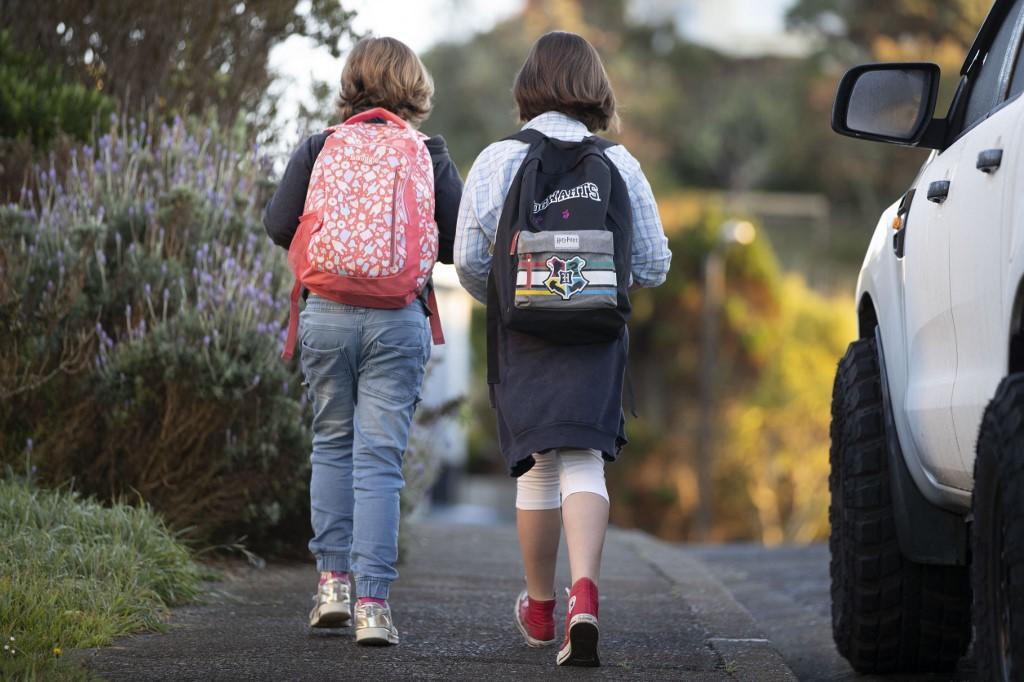
WELLINGTON - The New Zealand government is working to address a truancy crisis in the country, with the aim of lifting the student attendance rate, which stood at 39.9 percent in 2022.
The attendance action plan aims to ensure 80 percent of students are present at school for more than 90 percent of the term by 2030 through making reporting and enforcement action to reduce non-attendance and truancy, Associate Education Minister David Seymour said on Tuesday.
New Zealand attendance rates are low by national and international standards. Regular attendance, defined as being in school over 90 percent of the time, has declined from 69.5 percent in Term 2 of 2015 to 39.9 percent in Term 2 of 2022, according to the Ministry of Education.
Associate Education Minister David Seymour cited attendance rates of other countries and regions in 2022, such as England at 75.1 percent, the United States 70.3 percent, and Australia 49.9 percent. Most recently, New Zealand attendance rates were only 45.9 percent in September 2023
Seymour cited attendance rates of other countries and regions in 2022, such as England at 75.1 percent, the United States 70.3 percent, and Australia 49.9 percent. Most recently, New Zealand attendance rates were only 45.9 percent in September 2023.
"If the truancy crisis isn't addressed, there will be an 80-year long shadow of people who missed out on education when they were young, are less able to work, less able to participate in society, more likely to be on benefits," Seymour said.
The attendance action plan includes mandating daily reporting of attendance data by Term 1 next year, developing a traffic light system to set out the requirements and expectations for parents, schools, and the ministry at different stages of a student's attendance, and using improved data and analysis to distinguish the drivers of non-attendance.
"Almost every aspect of someone's adult life will be defined by the education they receive as a child," Seymour said, adding the truancy crisis cannot be ignored if better social outcomes are wanted.
An education crisis may turn into a crime crisis, a vulnerable children crisis, an economic crisis and an inequality crisis, according to him.


